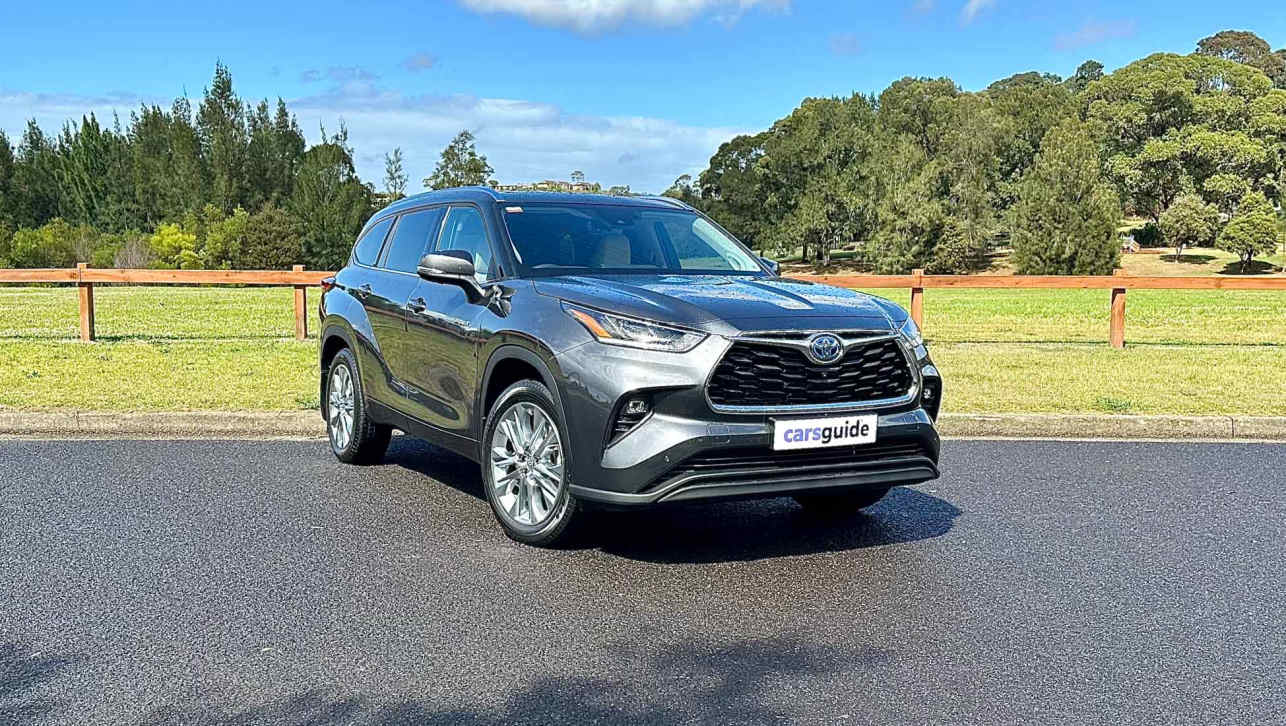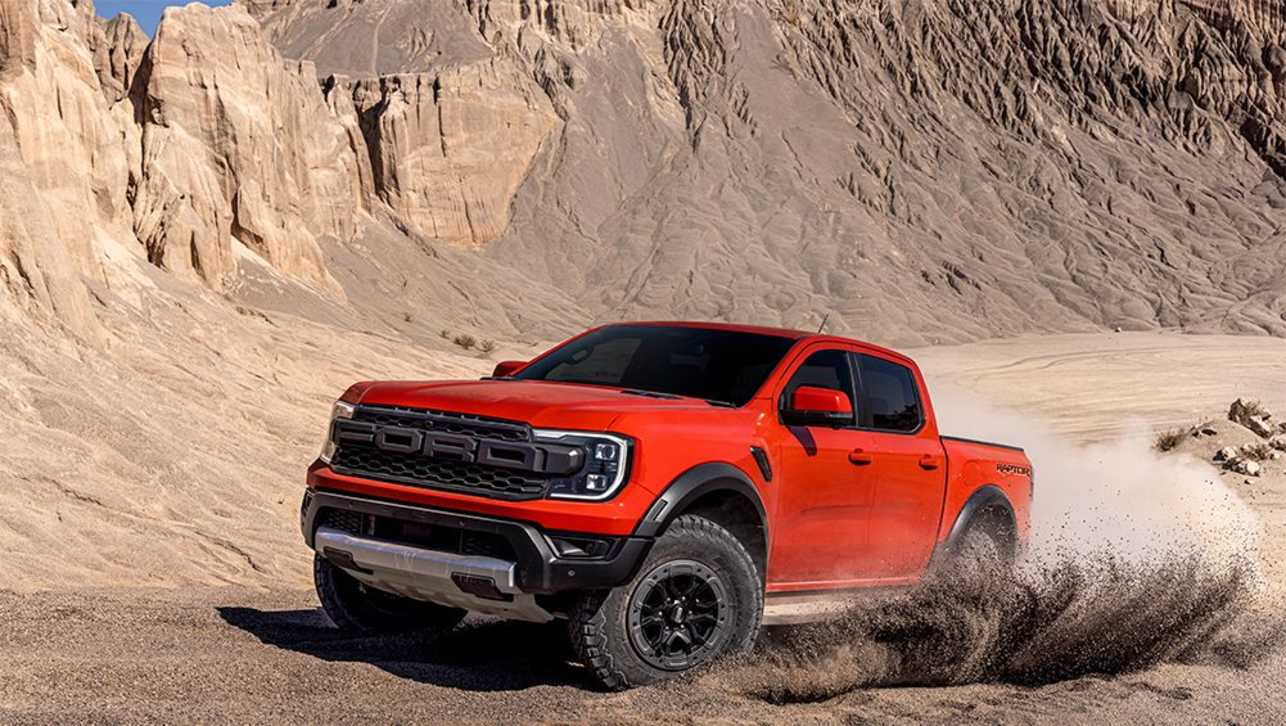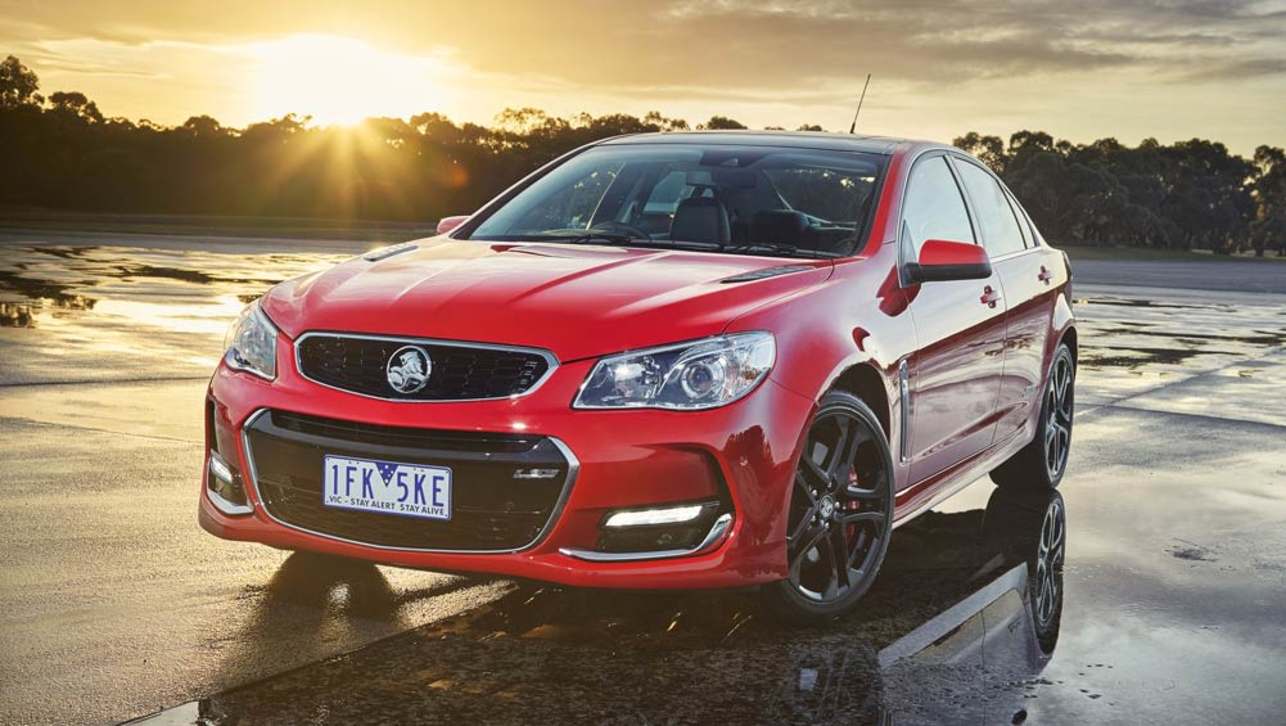You’re not imagining this. There are distinctly fewer options around nowadays for new-car buyers in Australia compared to just 10 years ago.
Blame the unstoppable growth in SUV sales, which have in turn forced carmakers to ignore or abandon traditional segments like sedans and coupes, in order to keep up with consumer tastes. And in these tough times, why wouldn't they?
Last time we outlined the disappearance of the sub-$14,000-driveaway cheapies, affordable locally-made limos like the Holden Caprice, accessible coupes and inexpensive rear-drive SUVs over the past decade. Click on the link here to check that out.
Now, it’s time for another sub-set of segments that were once popular but are nowadays either going or gone for good in Australia – with one so callously yanked away from us, we fear this country may require therapy.
The SUV juggernaut keeps crushing all before it…
Affordable medium-sized sedans: ENDANGERED
.jpg)
Once upon a time, most mainstream brands featured a mid-sizer in their arsenal.
Some even lived and died by them, like Mitsubishi's manufacturing operations in Australia, obtained from an ailing Chrysler in 1980 on the back of the runaway best-selling Sigma. It developed three impressive successors in the popular Magna, only to shut-up shop in 2008 after the 380 sedan failed to stem consumer migration to SUVs.
Today, only a handful of medium-sized models remain, in a class that makes up just 1.5 per cent of the entire industry, against around 25% at its ‘80s peak. Leading the pack is the Toyota Camry (gulping 70% of volume), followed by the Skoda Octavia (10%), Mazda6 (9%), Hyundai Sonata (5%), VW Passat (3.5%), Peugeot 508 (1%) and Honda Accord (0.5%).
.jpg)
Mid-sized nameplates succumbing since 2012 include the Citroen C5, Ford Mondeo, Kia Optima, Holden Epica, Holden Malibu, Holden Insignia, Honda Accord Euro, Hyundai i40, Kia Optima, Nissan Altima, Nissan Maxima, Opel Insignia, Renault Latitude, Subaru Liberty, Suzuki Kizashi, Toyota Aurion and VW Jetta. And we hear Sonata may be next.
Victims all of the all-conquering SUV. By the way, 0.5% equals just 25 Accord sales in the first four months of 2022, against nearly 3900 Camrys and, ahem, some 14,000 RAV4s.
Sporty three-door hatches: ENDANGERED
.jpg)
Here’s a sad fact: once a fun and affordable entry point into new-car motoring, only a trio of three-door hatchbacks remain – the ancient Fiat 500 city car from $19,550, retro Mini Cooper Classic from $37,500 and Toyota GR Yaris hyper-hatch from $49,500 (if you can actually buy one).
Rewind to the early 2010s, though, and there were nearly ten times that number across different price points and size segments, ranging from the $14,000-driveaway Fiat 500 Pop and Hyundai i30 3DR from $20,000, to the circa-$50,000 Mini Cooper JCW and Renault Megane Sport 225 hot-hatches.
.jpg)
The diversity in between we’ve lost since then further demonstrates how vanilla our once Neapolitan hatch scene has become… options also included the stunning Opel (and later Holden) Astra coupe, Alfa Romeo Mito, Audi A1, Citroen DS3, Ford Fiesta ST, Peugeot 208 and Volvo C30.
The culprits? Smaller SUVs, of course.
Car-based utes: EXTINCT (for now…)
.jpg)
This slice of unique Australiana needs no introduction, but its impact and demise has affected the local psyche in profound ways.
Ford Australia narrowly beat General Motors in creating the world’s first coupe-utility in the early 1930s, but it was Holden’s 50-2106 version of the first (48-215/FX) sedan that set the template for car-based utes in this country and arguably around the globe.
After the expensive Canadian Mainline and British Zephyr utes failed to reel Holden in, Ford followed up with the Falcon ute. Made from 1961 to 2016, it ignited the golden age of the great Aussie Ute, which later brought one-tonners, V8s, supercharged V6s, turbo I6s and even 4WD offshoots, as well as Holden’s rare dual-cab Crewman iterations. They wove themselves into the national social fabric.
Even well into the 2010s, GSs, SSs, XR8s, Pursuits and Maloos remained aspirational purchases that transcended class barriers, meaning that – a year on from the last Falcon – the final Holden VF II ute of 2017 marked the death of a cultural symbol that a traumatised Australia continues to mourn.

Their demise can be laid squarely at the wheels of the imported one-tonne truck. Today, they are literally and metaphorically bigger than ever, as represented by the Toyota HiLux and Australian designed and engineered Ford Ranger.
What's galling, though, is that car-based ute lives on overseas in in the wildly varying shapes and sizes of the smash-hit Ford Maverick, handsome Hyundai Santa Cruz, beefy-looking Honda Ridgeline and cute Fiat Strada.
That none are slated for us seems like an utter fail of product planners to properly perform their potential market due diligence. Are they aware of Australia's history and love affair with utes? Do they even know how iconic the Subaru Brumby remains? Off with their heads!
Car-based large People Movers and MPVs: ENDANGERED
.jpg)
Turn the clock back a decade or so and you’ll find a healthy chunk of buyers seeking out people movers or Multi-Purpose Vehicles (MPVs).
VW started it all with the 1950s Kombi, Mitsubishi and then Toyota supercharged the segment with their 1980s van-based Express and original Tarago, but it wasn’t until the egg-shaped second-gen Tarago (known as the Previa elsewhere) that debuted the big car-based people mover to Australians.
Competitors of all shapes and sizes then proliferated, including the Mazda MPV, Honda Odyssey, Chrysler Voyager, Kia Carnival, Hyundai Trajet, SsangYong Stavic, Opel Zafira, Subaru Exiga, Citroen C4 Grand Picasso, Proton Exora, and original Peugeot 5008 (before it went SUV).
.jpg)
Today, with the Odyssey going and Tarago gone (replaced by the van-derived Granvia), it’s now a one-horse race between the elegantly wagon-esque Carnival and its space-age van-like Hyundai Staria cousin.
As we said before, we're far from spoilt for choice nowadays.







.jpg)
.jpg)
.jpg)

.jpg)
.jpg)






.jpg)
_0.jpg)
.jpg)

.jpg)
_0.jpg)
.jpg)




Comments